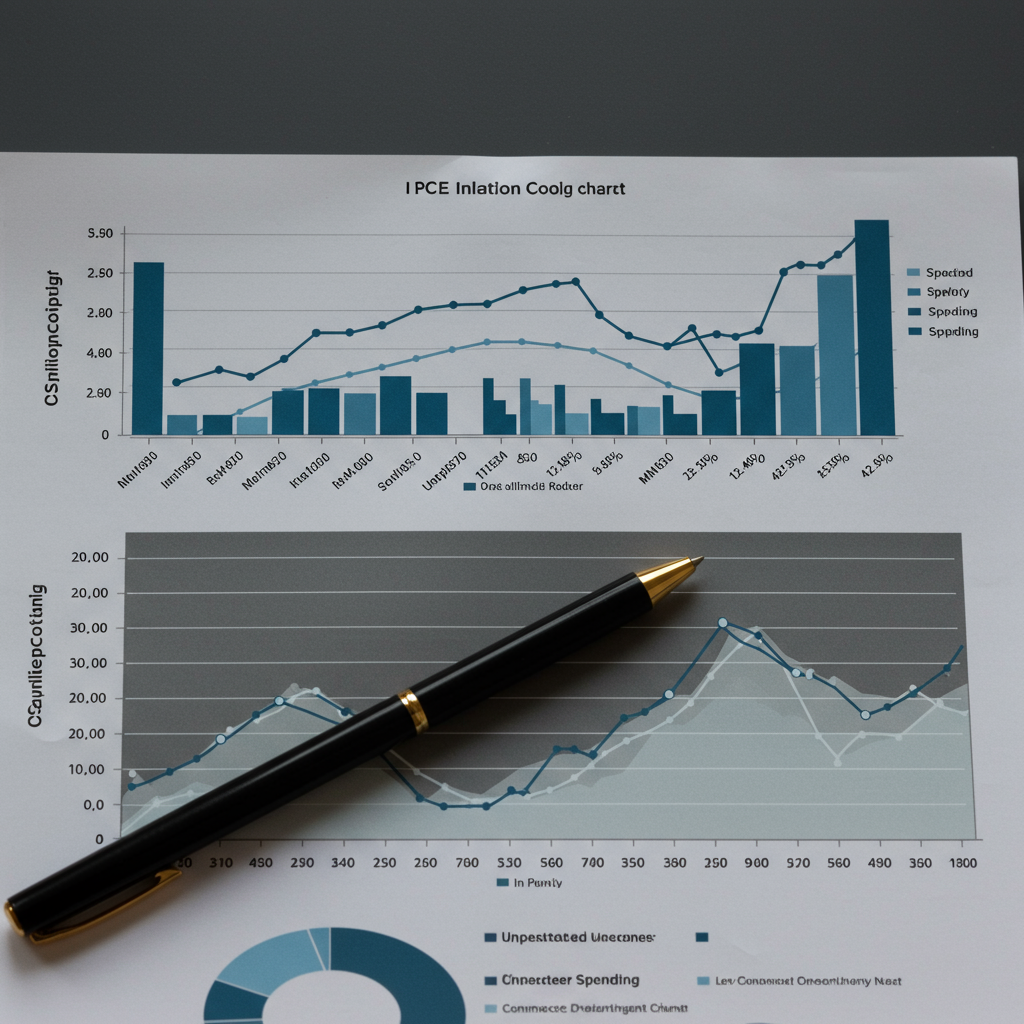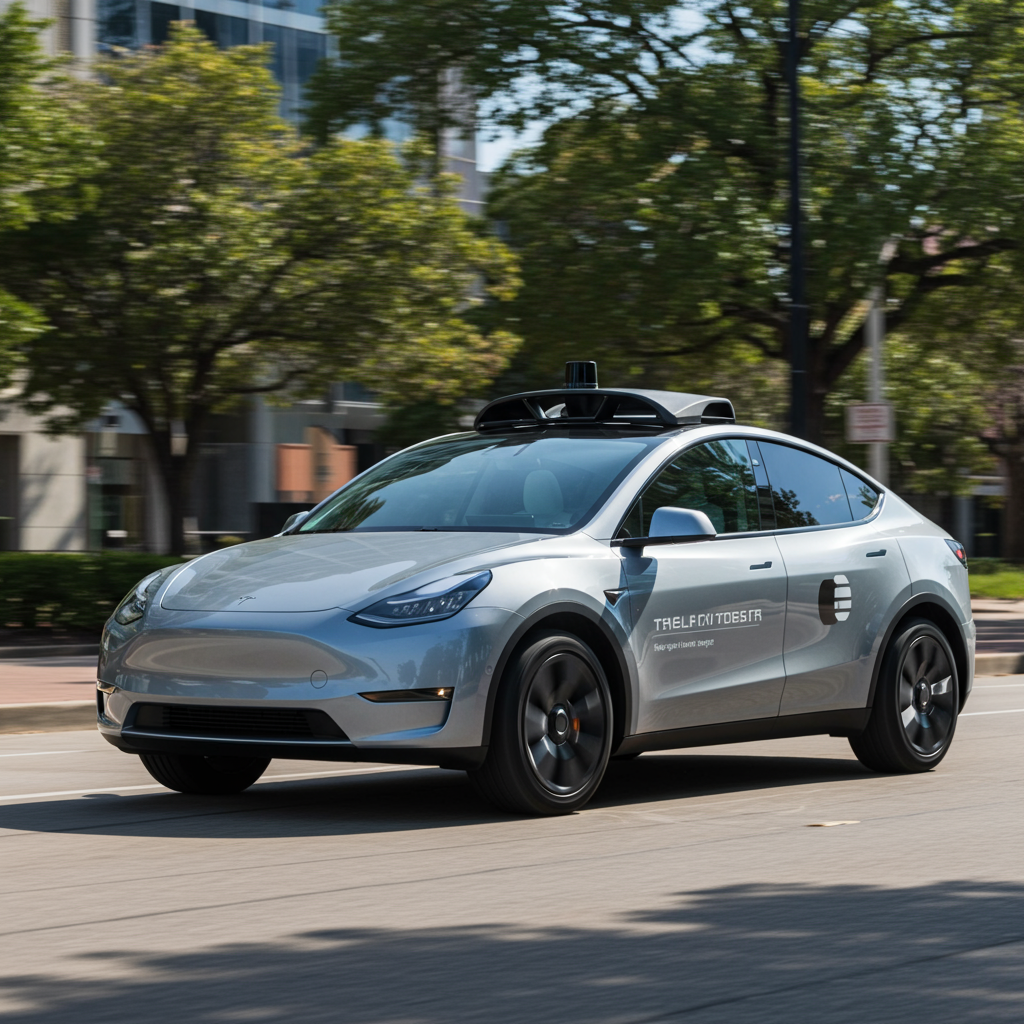Latest data on the Federal Reserve’s preferred inflation gauge shows price pressures remained mild in May, but the news was coupled with an unexpected contraction in consumer spending.
According to the Commerce Department, the Personal Consumption Expenditures (PCE) price index rose just 0.1% in May, matching the pace seen in April, continuing a streak of cooler monthly trends observed since earlier in the year. The annual rate for overall PCE inflation was 2.3% in May, slightly up from an upwardly revised 2.2% in April. Critically, the “core” PCE index, which strips out volatile food and energy prices and is watched closely by the Fed as a predictor of future trends, increased 2.7% over the year in May. This represented a slight uptick from April’s 2.6% (upwardly revised) and was slightly higher than economists had anticipated.
Why Consumer Spending Pulled Back
This cooling trend in the headline monthly inflation figure arrived alongside data showing consumers significantly reined in spending. Personal consumption expenditures actually fell by 0.1% in May compared to April. This marked a sharp reversal from the 0.2% gain seen the previous month and directly defied economists’ expectations for continued, albeit modest, growth.
Analysts suggest this unexpected pullback reflects rising economic uncertainty and anxieties, particularly concerning potential impacts from proposed tariffs and trade policy shifts. This aligns with reports indicating persistently low consumer sentiment despite some areas of economic resilience. Some households may have engaged in “tariff front-running,” purchasing imported goods in prior months, like March and April, to get ahead of anticipated price hikes. This behavior would naturally reduce the need for such purchases and overall spending in May.
Income Trends and Savings
The May report also showed personal income declining by 0.4% over the month. However, this decrease is largely attributed to technical adjustments related to government benefit payments from earlier in the year, rather than signaling a broad weakening in underlying income trends across the economy.
Earlier data from April showed a strong rise in personal income (0.8%), which contributed to a significant surge in the personal savings rate, reaching 4.9%—the highest level since mid-2024. While the May income figure saw a technical dip, the overall trend in income growth remains a key factor influencing households’ capacity to spend or save.
Impact on the Federal Reserve and Economic Outlook
The combination of mild headline monthly inflation, a slightly stickier core annual rate than expected, and an unexpected consumer spending contraction presents a mixed and complex picture for the Federal Reserve. Policymakers are closely monitoring all incoming economic data points, particularly how ongoing trade tensions and the impact of tariffs might influence both inflation and overall economic growth.
While the cooling trend in inflation is a positive sign for the Fed’s goal of price stability, the surprise spending dip raises questions about the strength and confidence of the consumer, who is a major driver of the U.S. economy. This data complicates the debate around the timing of potential interest rate cuts, as the Fed weighs controlling inflation against supporting economic activity amid global uncertainties and the unpredictable effects of trade policy on supply chains and consumer behavior.
Broader economic signals also remain complex. Recent data points, including a first-quarter GDP contraction (partly linked to tariff-related import surges) and a sharp drop in imports in April due to tariff uncertainty, underscore the disruptive potential of the current trade environment on various facets of the economy.
Ultimately, the May data highlights the delicate balance facing the U.S. economy and the Federal Reserve. While inflation shows signs of continued cooling on a monthly basis, underlying price pressures and clear signals of consumer caution tied to the volatile trade environment create a challenging landscape for policymakers determining the path forward.




